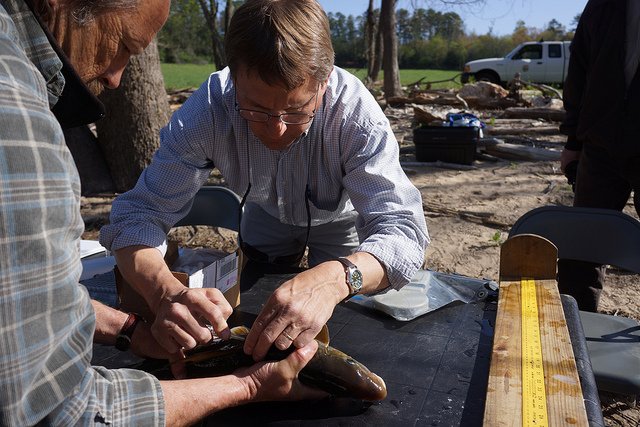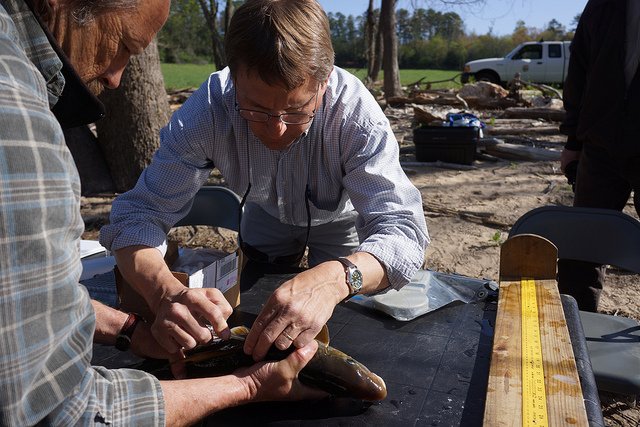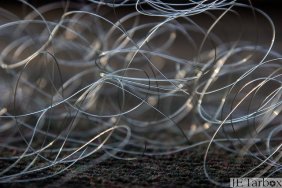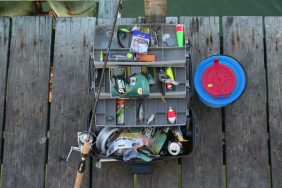
That tiny piece of coated wire sticking out of the walleye you just landed may appear insignificant, but fisheries managers consider it an essential information-gathering tool.
Fish tagging is playing an increasingly important role in the management of sport fish, as building angling pressure forces changes in the way fisheries managers approach the stocking and harvest of walleyes, northern pike, trout and other game-fish species.
Fisheries researchers mark millions of fish in North America each year, in an attempt to gather data on specific populations. That data helps the fisheries biologists to adjust their management approaches to improve or regulate angling in lakes, streams, and rivers.
Coated wire tags attached to the exterior of fish are the most common identifiers used for fish tagging. Each tag holds a number that helps track growth and survival rates of the fish involved in a study.
By tagging, fisheries personnel can estimate the size of a population, mortality, how many fish die from natural causes, and the stocking percentage of fish caught compared to natural reproduction. The external type tags are typically used for short-term studies, because they usually do nor last more than a year or so.
The external tags allow anglers to participate in studies by reporting any tagged fish they catch.
In other studies, the fisheries researchers use coded wire tags that are planted beneath the skin. The tags last longer, but are more expensive, because they are more time consuming to plant and require a machine to read the code. These tags are used mostly for stocking studies with smaller fish.
Other types of tags include microtags, which are microscopic chips made of plastic; and passive integrated transponder tags, which use a radio frequency to transmit their location.
While fishing tagging is becoming increasingly high-tech, there is one old-school tagging technique that continues to be used by many fisheries departments across the continent. This technique involves clipping a fin on the fish. Short-term studies involve clipping a fin like the tail, which grows back, while long-term studies require clipping a fin like the adipose, which does not grow back.
Fin clipping is commonly used to differentiate stocked fish from naturally reproducing fish.
Although they have many uses, tags are becoming increasingly important tools in fisheries management efforts, which are growing more specialized to keep pace with higher angling pressure. In many ways, the future of quality angling experiences rests heavily on these tagging projects.
Anglers can help the cause by reporting any tagged fish they catch to their local fisheries department.
Photo credit: US Fish and Wildlife — Flickr CC








